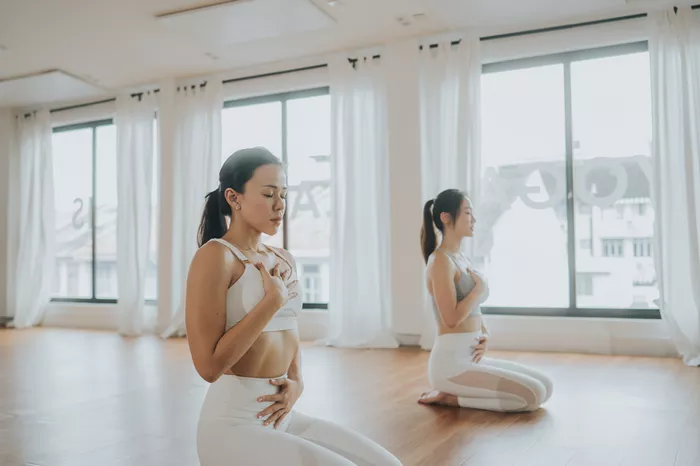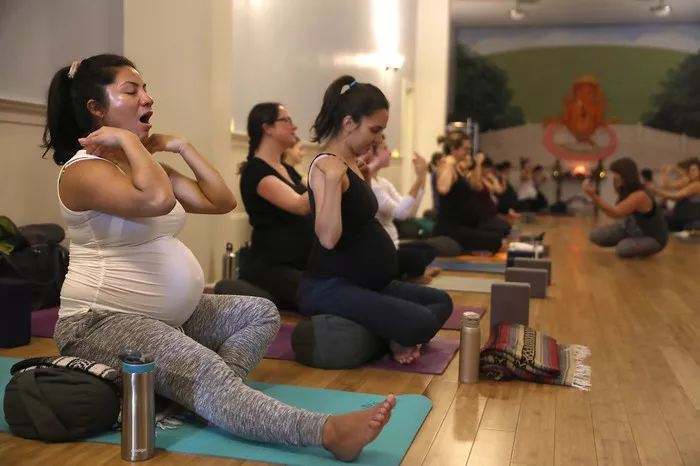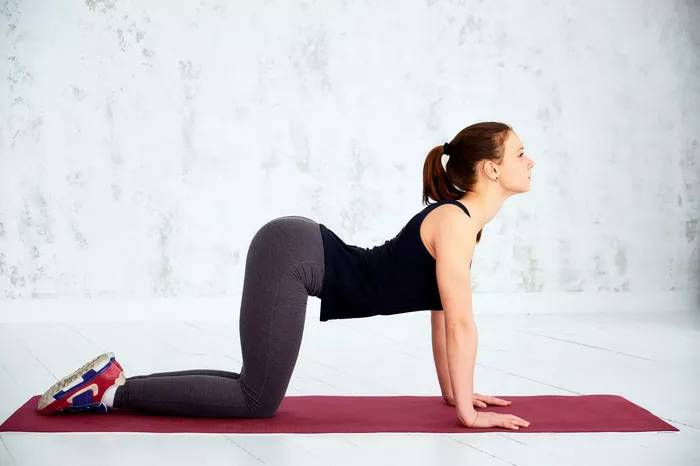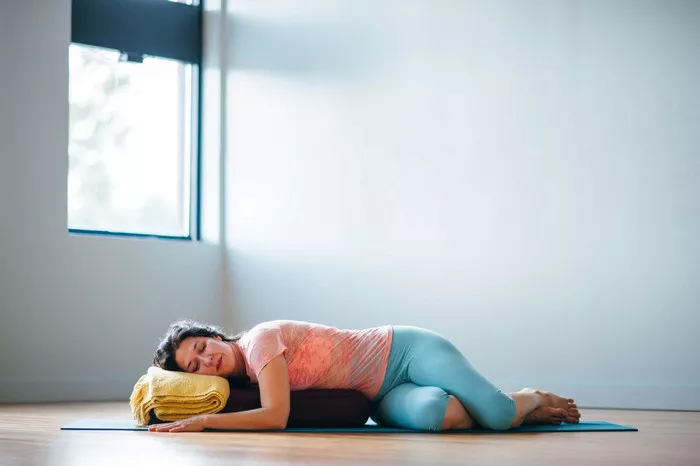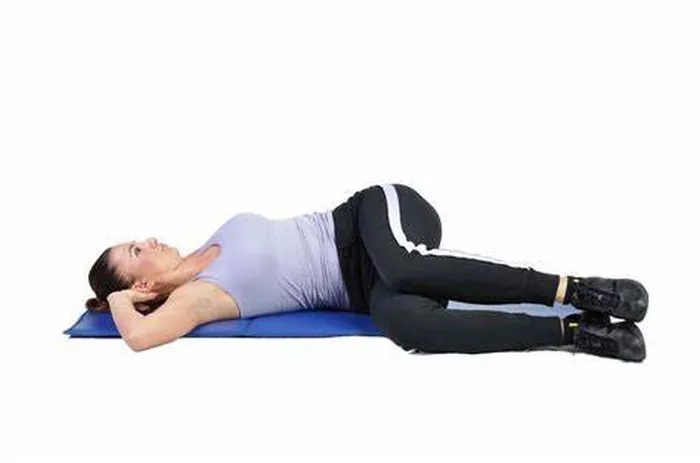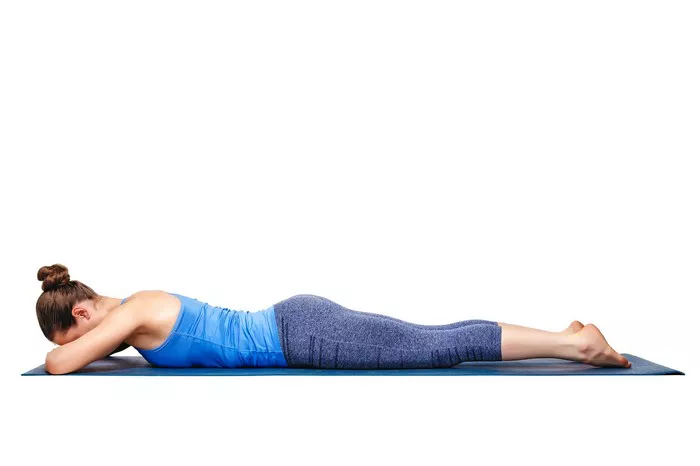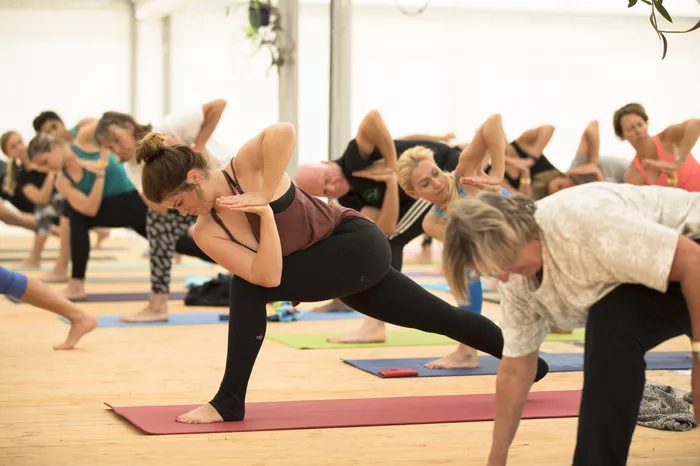Yoga, an ancient practice that has evolved over thousands of years, encompasses a wide variety of styles, each with its unique approach to physical postures, breath control, and mental focus. Two of the most popular styles in the modern yoga world are Dharma Yoga and Vinyasa Yoga. While both practices share a common foundation in traditional yoga philosophy, they differ in their sequencing, intensity, and overall emphasis. Understanding the key differences between Dharma Yoga and Vinyasa Yoga can help you choose which style best suits your needs, whether you’re looking for a physically demanding practice, a meditative experience, or a balanced blend of both.
In this article, we will explore the key characteristics, benefits, and differences between Dharma Yoga and Vinyasa Yoga. By the end, you’ll have a clearer understanding of each style and be better equipped to make an informed decision about your yoga practice.
What is Dharma Yoga?
Dharma Yoga is a holistic system of yoga that integrates physical postures (asanas), breathwork (pranayama), meditation, and philosophical teachings. Developed by the renowned yoga teacher Sri Dharma Mittra in the 1970s, Dharma Yoga emphasizes both the spiritual and physical aspects of yoga. Its foundation lies in traditional Hatha Yoga, with influences from classical yoga philosophy and ancient texts like the Yoga Sutras of Patanjali and the Bhagavad Gita.
One of the key characteristics of Dharma Yoga is its emphasis on alignment, mindfulness, and self-awareness. It is designed to cultivate physical strength, flexibility, and mental clarity while also fostering a deep connection with one’s higher self. In Dharma Yoga, students are encouraged to explore their practice with a sense of devotion and inner peace, seeking to attain a higher level of spiritual awakening through their physical postures.
Key Components of Dharma Yoga:
Asanas (Postures): Dharma Yoga includes a wide range of asanas, focusing on proper alignment, strength, and flexibility. The practice often involves both dynamic movements and longer-held postures to create balance in the body.
Pranayama (Breathwork): Breath control is an integral part of Dharma Yoga. Students are guided to synchronize their breath with their movements, using breathwork techniques to enhance physical and mental well-being.
Meditation: Dharma Yoga often incorporates meditation and mindfulness techniques to cultivate a sense of inner peace and mental clarity. This helps students develop a deeper connection to their true selves.
Philosophical Teachings: Dharma Yoga includes elements of yoga philosophy, focusing on the ethical and spiritual aspects of the practice. Teachings may include the yamas and niyamas (moral guidelines), as well as concepts like non-attachment, compassion, and selfless service.
The Essence of Dharma Yoga: At its core, Dharma Yoga is about integrating physical, mental, and spiritual aspects of yoga into daily life. It encourages students to approach their practice with a sense of humility, compassion, and self-awareness. Through the cultivation of strength, flexibility, and mindfulness, Dharma Yoga seeks to awaken the practitioner’s higher self and bring greater peace, clarity, and balance to life.
What is Vinyasa Yoga?
Vinyasa Yoga is a dynamic and flowing style of yoga that connects breath with movement in a continuous sequence of postures. The word “vinyasa” comes from the Sanskrit roots “vi” (meaning variation) and “nyasa” (meaning placement), which together refer to the concept of placing the body in different postures in a flowing sequence, synchronized with the breath.
Vinyasa is often described as a “flow” because of the seamless transitions between asanas, creating a rhythmical, energetic practice. It is one of the most popular styles of yoga in contemporary practice, known for its ability to build strength, improve flexibility, and increase cardiovascular endurance.
Key Components of Vinyasa Yoga:
Asanas (Postures): Vinyasa Yoga is built around a fluid sequence of postures, with emphasis on creating smooth transitions between each pose. A typical Vinyasa class may include sun salutations (Surya Namaskar), standing poses, backbends, twists, and balance poses, all linked together by the breath.
Breath (Pranayama): Breath is a crucial element of Vinyasa Yoga, as each movement is synchronized with an inhale or an exhale. The practice encourages practitioners to focus on the Ujjayi breath (a deep, audible breath) to maintain a sense of flow and presence throughout the practice.
Flow: One of the most distinctive features of Vinyasa is its continuous flow from one posture to another. The sequence is typically designed to build intensity over time and can vary from class to class, depending on the instructor’s theme or intention for the day.
Creativity: Vinyasa classes can vary greatly from teacher to teacher, as each instructor may design their sequences differently. This creativity allows for a diverse range of practices, with some classes focusing more on strength, others on flexibility, or some on meditation.
The Essence of Vinyasa Yoga: Vinyasa Yoga is about movement and breath coming together in a flowing, dynamic sequence. It is a more active, fast-paced practice compared to other yoga styles, offering a workout that challenges strength, stamina, and flexibility. The constant movement encourages mindfulness, as practitioners must stay present to maintain the flow and synchronize their breath with the movements. Vinyasa is ideal for those looking for a physically intense yoga experience that also cultivates mental clarity.
Key Differences Between Dharma Yoga and Vinyasa Yoga
While both Dharma Yoga and Vinyasa Yoga are physically demanding and emphasize the importance of breath, there are several distinct differences between the two styles. Below, we will compare them across several key aspects:
1. Focus on Structure and Sequencing
Dharma Yoga: Dharma Yoga tends to follow a more structured approach, often incorporating traditional Hatha Yoga sequences and focusing on alignment and form in each posture. The sequences can vary, but there is a consistent emphasis on maintaining proper alignment to avoid injury and create a balanced practice. Postures are held for longer periods to allow for deeper engagement and self-awareness.
Vinyasa Yoga: Vinyasa Yoga is known for its fluidity and variety. Sequences are often created by the instructor, and the practice moves quickly from one pose to another, with little to no time spent in holding individual postures. Vinyasa is a creative, dynamic practice, with sequences designed to be constantly changing, making it less predictable than Dharma Yoga.
2. Pace and Intensity
Dharma Yoga: Dharma Yoga generally has a moderate pace, with both dynamic and static postures. The flow between poses may be slower than in Vinyasa, allowing students to focus on alignment and deeper awareness of the breath. Although challenging, Dharma Yoga is less focused on creating high-intensity sequences and more focused on balancing physical effort with mindful relaxation.
Vinyasa Yoga: Vinyasa is typically faster-paced and more intense, with an emphasis on building heat in the body through continuous movement. The practice is often designed to increase cardiovascular fitness and stamina. Vinyasa is suitable for those looking for a more vigorous workout, as it involves rapid transitions and flowing sequences that build intensity.
3. Spiritual vs. Physical Emphasis
Dharma Yoga: Dharma Yoga places a strong emphasis on spiritual growth and mental clarity. While it is physically demanding, the practice also incorporates meditation, mindfulness, and yoga philosophy to help students connect with their higher selves. The practice encourages practitioners to use their physical postures as a means of cultivating inner peace and spiritual awakening.
Vinyasa Yoga: Vinyasa Yoga is primarily focused on the physical aspects of yoga, such as strength, flexibility, and endurance. While some Vinyasa classes may incorporate elements of mindfulness or meditation, the primary goal is usually to provide a physical workout through flowing movement. The focus is often on building heat in the body and improving fitness.
4. Alignment and Technique
Dharma Yoga: Dharma Yoga places a strong emphasis on proper alignment in each posture, ensuring that practitioners perform the poses safely and effectively. Teachers often provide detailed instructions on how to adjust and align the body to avoid strain and injury. This makes Dharma Yoga more accessible to beginners or those recovering from injury.
Vinyasa Yoga: While alignment is important in Vinyasa Yoga, the emphasis is more on the fluid transition between postures and maintaining a continuous flow. Some Vinyasa classes may offer more freedom for personal expression and movement, which can sometimes lead to less attention on detailed alignment. However, alignment is still a consideration in most Vinyasa classes.
5. Meditation and Mindfulness
Dharma Yoga: Meditation is a key component of Dharma Yoga. It is integrated throughout the practice, helping students to cultivate mindfulness and connect with their inner selves. Dharma Yoga encourages introspection and self-awareness, often incorporating moments of stillness and meditation at the end of the class.
Vinyasa Yoga: Meditation is typically not the central focus in Vinyasa Yoga. While mindfulness is encouraged, especially in focusing on the breath, the pace of the practice often leaves little room for extended meditation. Vinyasa Yoga is more about movement and breath synchronization, with brief moments of stillness or relaxation to close the practice.
Which Practice is Right for You?
Choosing between Dharma Yoga and Vinyasa Yoga depends on your individual goals and preferences. Here are some considerations to help guide your decision:
If you’re looking for a slower-paced, spiritually focused practice: Dharma Yoga might be a better fit. Its emphasis on alignment, breath, and meditation creates a balanced practice that cultivates both physical strength and mental clarity. If you’re interested in deepening your spiritual connection and want to integrate yoga philosophy into your practice, Dharma Yoga may be the ideal choice.
If you’re seeking a more physically intense, fast-paced practice: Vinyasa Yoga is likely the right style for you. With its dynamic sequences and emphasis on building strength and endurance, Vinyasa offers a more active and cardiovascularly challenging practice. If you enjoy variety and creativity in your yoga sessions, and you like to flow from one pose to the next, Vinyasa Yoga could be the perfect fit.
Conclusion
Dharma Yoga and Vinyasa Yoga are both excellent practices, but they cater to different needs and preferences. Dharma Yoga is more focused on balance, alignment, and spiritual growth, offering a holistic approach to yoga that integrates physical, mental, and philosophical elements. Vinyasa Yoga, on the other hand, is dynamic, fast-paced, and focused on building strength, flexibility, and cardiovascular fitness through fluid sequences and creative flow.
Ultimately, the choice between Dharma Yoga and Vinyasa Yoga depends on your personal goals, whether you’re seeking a more meditative, mindful practice or a high-energy, physically demanding workout. Both styles have their unique benefits, and trying both could offer you a well-rounded yoga experience that addresses all aspects of your well-being.
Related Topics:

